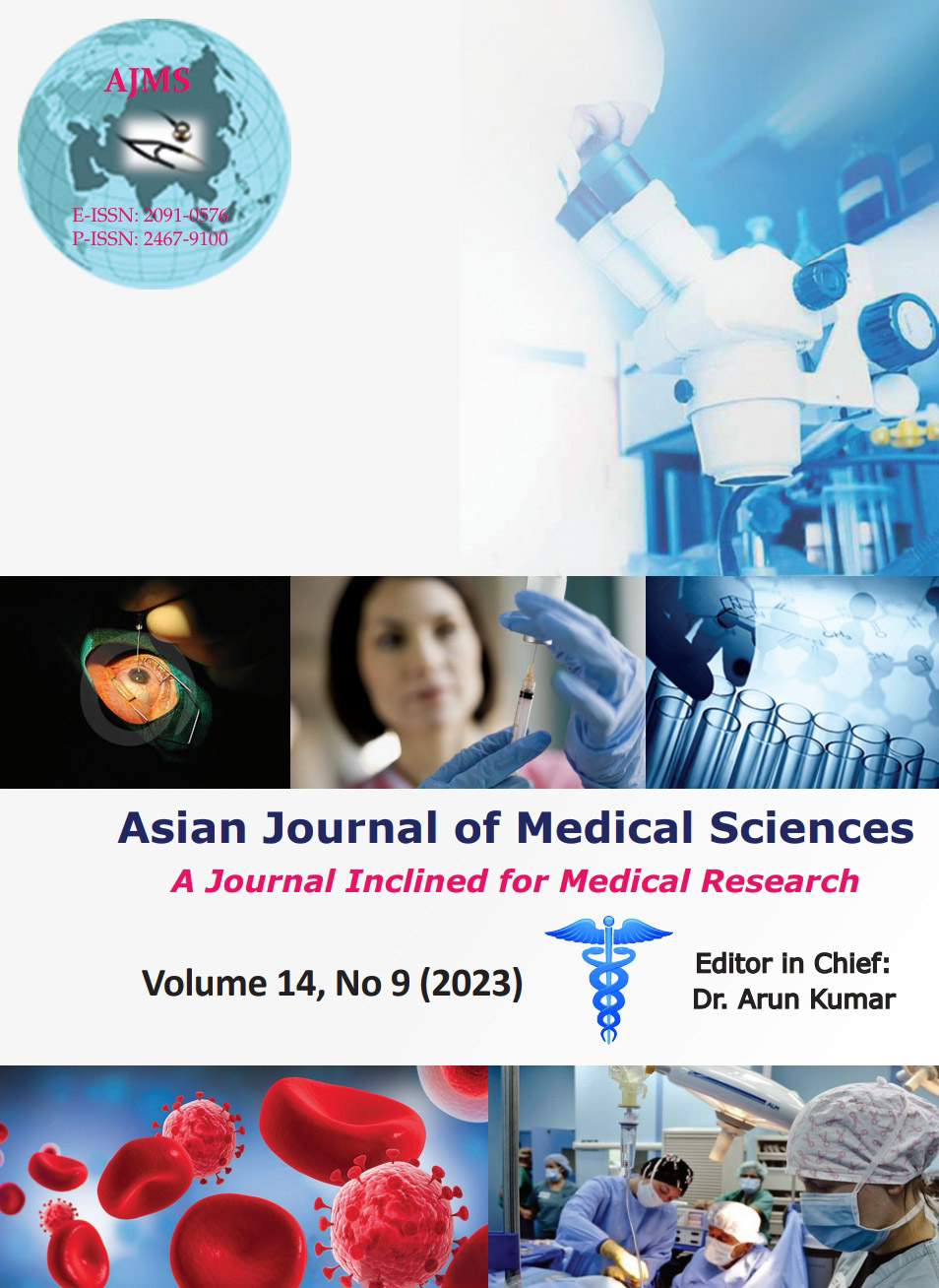Non-invasive ventilation using RAM’S cannula in neonates-what difference does it make?
Keywords:
Noninvasive ventilation; Neonates; Rams’ cannula; OutcomeAbstract
Background: Neonates undergo transition at birth from breathing fluid to breathing air. If this change is not tolerated by neonate, need of assisted ventilation arises. Non-invasive ventilation (NIV) refers to any mode of respiratory support provided through nasal airway. Using RAM’S cannula as an interface, complications of invasive ventilation can be prevented, and therefore it can be impactful in improving respiratory care in neonates.
Aims and Objectives: The aim of the study was to find the association of clinicoetiological factors and the outcome of NIV using RAMS’s cannula in neonates.
Materials and Methods: This prospective observational study was done from March 1, 2021 to August 31, 2022 at Neonatal Intensive Care Unit of a Tertiary care center in Central India. Neonates given NIV through Ram’s cannula were enrolled. Primary diagnosis of subjects and clinical parameters - birth weight, gestational age, duration of NIV given, and severity of respiratory distress were recorded and analyzed to find an association with the outcomes. Informed consent was obtained from parents.
Results: 100 neonates (62 male) were given NIV. 78 neonates were weaned off from NIV and 22 needed intubation. Duration of NIV, gestational age, severity of respiratory distress, and birth weight were found to be statistically significant. Weaning was more in gestation >34 weeks, weight >1 kg, duration of NIV given <3 days, and neonate having mild respiratory distress.
Conclusion: NIV through RAM’s cannula is useful in both respiratory and non-respiratory illness. Higher rates of NIV failure were seen in the duration of NIV >7 days, weight <1 kg, and gestation <34 weeks.
Downloads
Downloads
Published
How to Cite
Issue
Section
License
Copyright (c) 2023 Asian Journal of Medical Sciences

This work is licensed under a Creative Commons Attribution-NonCommercial 4.0 International License.
Authors who publish with this journal agree to the following terms:
- The journal holds copyright and publishes the work under a Creative Commons CC-BY-NC license that permits use, distribution and reprduction in any medium, provided the original work is properly cited and is not used for commercial purposes. The journal should be recognised as the original publisher of this work.
- Authors are able to enter into separate, additional contractual arrangements for the non-exclusive distribution of the journal's published version of the work (e.g., post it to an institutional repository or publish it in a book), with an acknowledgement of its initial publication in this journal.
- Authors are permitted and encouraged to post their work online (e.g., in institutional repositories or on their website) prior to and during the submission process, as it can lead to productive exchanges, as well as earlier and greater citation of published work (See The Effect of Open Access).




